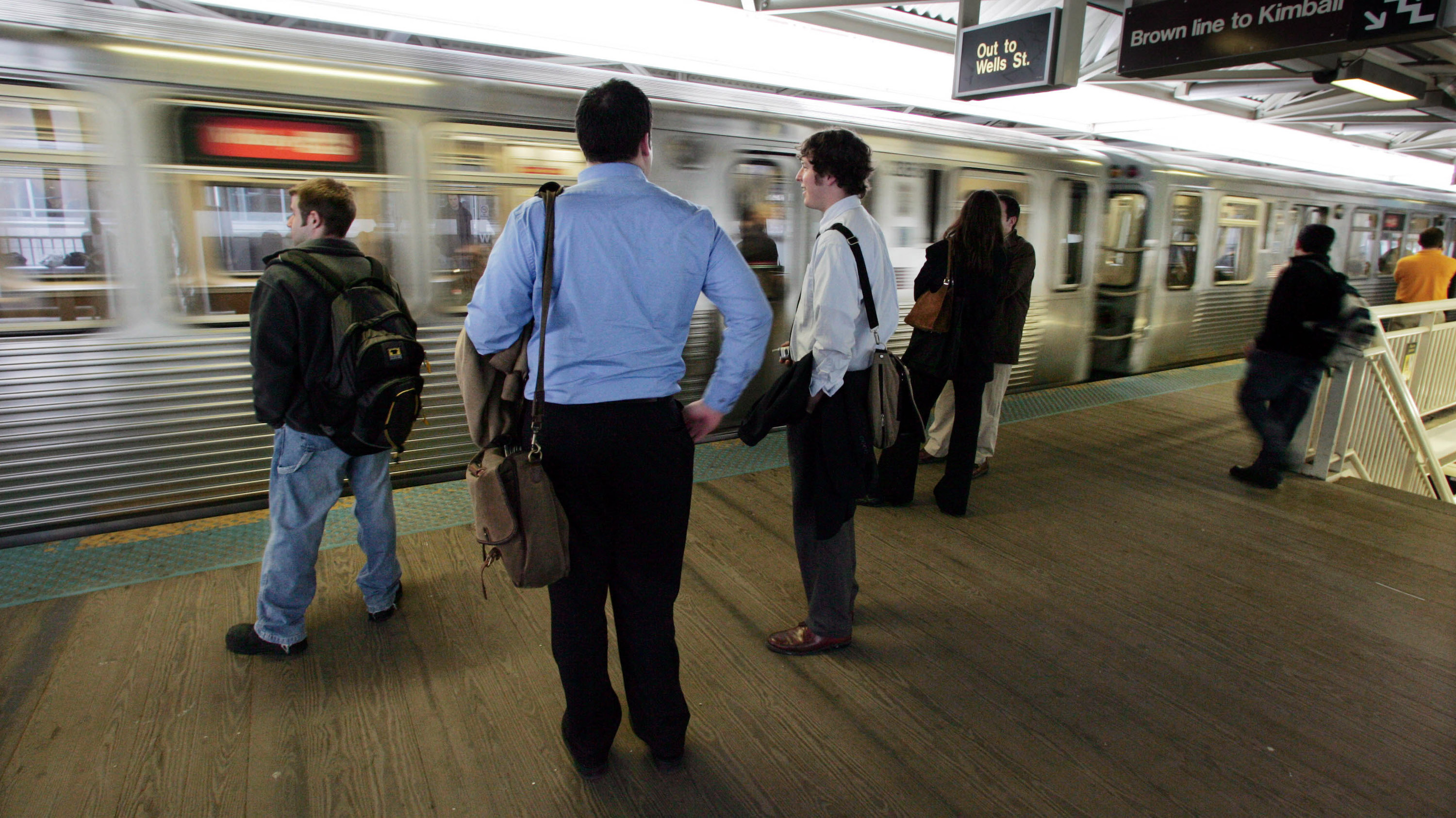- You have more choices than ever for traveling from one destination to another, and thanks to modern technology, mass transportation is the safest it’s ever been.
- Most modern passenger cars and trucks are equipped with active safety features like automatic emergency braking and intelligent cruise control, vastly reducing the likelihood of a crash, and giving you a greater chance of survival if a collision is unavoidable.
- Despite this, your chances of dying while traveling in some type of vehicle – be it a boat, train, or a car – remains a nonzero probability. Moreso in some forms of transit than in others.
- According to 2017 data from the Bureau of Transportation Statistics and the National Safety Council, the most-recent data available from the agencies, there were 37,133 highway deaths, 831 railroad deaths, and 658 people who died in recreational boating incidents. Zero passengers died on US air carriers that year.
- Visit Business Insider’s homepage for more stories.
Mass transportation has come a long way since the days of the horse and buggy. There are now more choices than ever for travelers looking to get from point A-to-B – from majestic double-decker commercial airliners, to the humble electric scooter. Even on-demand ride-hailing services like Uber and Lyft offer people who may not own any vehicle relatively easy access to quick transit.
Advances in technology have also made transportation safer. Most modern passenger cars and trucks are equipped with active safety features like automatic emergency braking, blind-spot monitors, parking sensors, and intelligent cruise control. Combined with passive safety features like airbags, these are all designed to help prevent crashes, or reduce the likelihood of injury in a collision.
But despite that progress, your chances of dying while traveling in some type of vehicle is a nonzero probability. Moreso in some forms of transit than in others.
Read more: The 10 nastiest cruise ships of all time
Using historic and publicly available data from several US federal agencies, including the Bureau of Transportation Statistics and the National Safety Council, we list the number of deaths that have occurred in various forms of transit in rrecent years.
According to 2017 and 2018 data from the Bureau of Transportation Statistics, the National Safety Council, the Insurance Institute for Highway Safety, and the Governor's Highway Safety Association, the most-recent data available from the agencies, there were 37,133 highway deaths, 831 railroad deaths, and 658 people who died in recreational boating incidents. Zero passengers died on US air carriers that year.
There were zero passenger deaths on US air carriers in 2017, while in 2018, the number of pedestrian deaths reached a nearly three-decade high. Read on to see what else we found.
1.) Passenger vehicles (not including motorcycles): 24,436 deaths

The total number of deaths in motor vehicle incidents reached 40,000 in 2018, according to the National Safety Council, which was a 1% decrease from 2017.
Those numbers generally include all types of motor vehicles, including motorcycles and bicyclists. We've compiled data for those subsets separately in this post, so for the purposes of this dataset, we're only including deaths that occurred in incidents involving cars, trucks, and buses.
The Bureau of Transportation Statistics says 24,436 people died in incidents involving passenger vehicles (not including people on motorcycles or bikes) in 2017.
Source: Bureau of Transportation Statistics and the National Safety Council
2.) Pedestrians: 6,227 deaths (2018)

Statistics from the Governor's Highway Safety Association (GHSA) found there were 6,227 pedestrian deaths in the US in 2018, a nearly three-decade high. That's an increase from the 5,977 pedestrians killed in 2017, according the Bureau of Transportation Statistics.
The GHSA's report also notes that most pedestrian fatalities have happened "on local roads, at night, away from intersections," which it says is an indication that safer road crossings are needed.
Source: Governor's Highway Safety Association and the Bureau of Transportation Statistics
3.) Motorcycles: 5,172 deaths (2017)

There were 5,172 motorcycle deaths in 2017, according to the Bureau of Transportation Statistics. The Insurance Institute for Highway Safety notes that acute head injuries are most common in motorcycle crashes.
Helmets can help mitigate those types of injuries, but they are not required in all states.
Source: Bureau of Transportation Statistics and the Insurance Institute for Highway Safety
4.) Bicycling: 783 deaths (2017)

The National Highway Traffic Safety Administration notes that cyclists (or pedalcyclists as they're described in its data) account for the smallest number of known deaths occurring on non-motorized vehicles.
Source: National Highway Traffic Safety Administration
5.) Boats and other water vessels: 706 deaths (2017)

The Bureau of Transportation Statistics says there were 706 deaths on water vessels in 2017. Of those, the vast majority occurred during recreational boating, which the agency defines as travel on airboats, canoes, kayaks, motorboats, pontoon, rowboats, and sailboats.
Source: US Bureau of Transportation Statistics
6.) Aircraft: 346 deaths (2017)

The US Bureau of Transportation Statistics' data from 2017 says a total of 346 people died in incidents occurring in the air. Notably, the agency says none of those deaths occurred on US commercial airlines. Findings from the US National Safety Council also show zero such deaths in 2017.
Source: US Bureau of Transportation Statistics and the US National Safety Council
7.) Railroads: 831 deaths (2017)

According to the US National Safety Council, 831 people died in some form of railroad incident in 2017. That's a 9% increase from 2016, and the highest number of deaths since 2007, the agency said. A majority of those deaths (520) were attributed to "trespassers," commonly defined as people who wander onto the train line or try to hop freight trains.
Source: US National Safety Council

